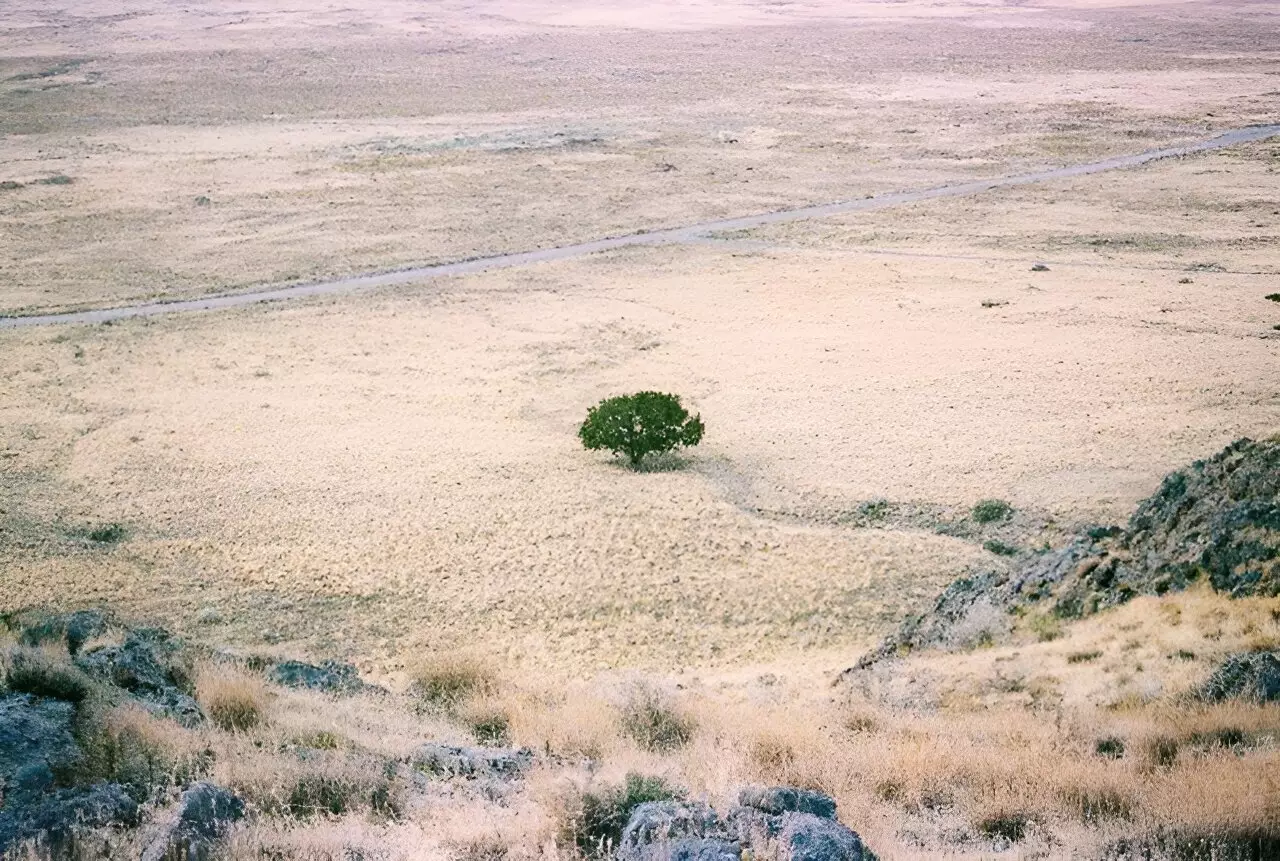Drought represents one of the most significant environmental challenges of our time, impacting ecosystems, economies, and communities globally. The traditional methods of monitoring and predicting drought have often proven unreliable due to the complexity of the phenomenon and the varying hydroclimatic conditions across different regions. The limitations inherent in conventional drought indices have highlighted the need for innovative solutions. Recent research by Dr. Mohamed Abdallah and his team at the University of Sharjah presents a compelling argument for integrating artificial intelligence (AI) into drought prediction practices, creating a pathway toward more reliable forecasting and management strategies.
The groundbreaking study published in *Scientific Reports* underscores the promise AI models hold over traditional drought indices. By leveraging historical climate data and soil moisture levels, the authors successfully trained several advanced AI models that demonstrated not only strong correlations with multiple drought indicators but also consistently outperformed existing methods. Dr. Abdallah, the study’s lead author, emphasizes that these AI models captured extreme climatic changes with impressive accuracy, a feature that is crucial for regions particularly vulnerable to severe drought conditions.
In regions where water scarcity is a pressing issue, the implications of these findings are profound. The authors advocate for the adoption of AI-driven approaches for better forecasting, which can dramatically enhance planning and resource management. This shift toward utilizing AI in drought prediction has the potential to mitigate the deleterious impacts of drought on agriculture and water resources, thereby fostering resilience in local communities.
One of the primary concerns identified by the research team is that no universal drought index effectively monitors conditions across diverse climatic regions globally. The absence of a reliable framework has been attributed to the intricate nature of drought itself. Recognizing these challenges, the researchers aimed to create a new meteorological drought index driven by AI, which could provide more accurate and context-sensitive predictions.
By systematically comparing their AI-based indices with established drought indicators, the authors were able to outline the deficiencies of traditional approaches. Their findings indicate that AI models do not merely serve as supplementary tools; they represent a paradigm shift in how drought prediction can be approached. This change is pivotal in helping authorities adapt to the realities of climate change, particularly in areas where traditional methods have failed.
The integration of AI in drought monitoring holds substantial implications for policymakers, rural planners, and agricultural stakeholders. The newfound ability to deliver accurate and timely predictions can inform strategic decision-making about resource allocation and agricultural planning. By providing tailored methodologies that cater to specific regions and their unique climatic conditions, the authors argue that these AI-based tools can facilitate optimal water usage and storage strategies during dry periods.
Moreover, the research highlights the potential for these advanced models to act as an early warning system. This capability not only allows governments and farmers to prepare for impending drought conditions but also fosters a sense of security among communities that rely heavily on stable water resources for their sustenance.
The potential applications of AI models extend beyond immediate drought management; they pave the way for long-term sustainability in water and food security. Abdulrahman Abdeljaber, a co-author of the study, points out that enhanced drought prediction could help avert socio-economic and geopolitical crises, particularly in regions like the Middle East, which face precarious water resource challenges. By promoting stability in agricultural output and improving water management practices, these models could significantly alter the landscape of regional socio-economic dynamics.
As the results of this research highlight, AI can serve as a vital tool in combating water scarcity and its associated risks. Future research and integration of these AI-driven methodologies across various sectors can lead to even more refined drought management practices, ensuring that vulnerable populations are better prepared to face climate-related challenges. Dr. Abdullah Yilmaz’s comments about the transformative nature of this research further underscore its far-reaching implications.
The innovative application of AI in drought prediction represents a significant leap forward in environmental monitoring. As the study by Dr. Abdallah and his colleagues illustrates, the transition from traditional indices to AI-based models could enhance the accuracy and reliability of drought forecasts. This transition not only stands to benefit agricultural and water resource management but also empowers local communities to adapt to the evolving landscape of climate challenges. The research ultimately heralds a new era of preparedness and resilience against drought, promising better outcomes for future generations.


Leave a Reply